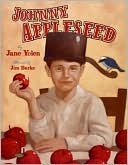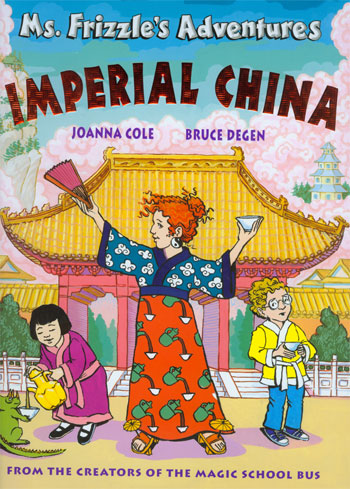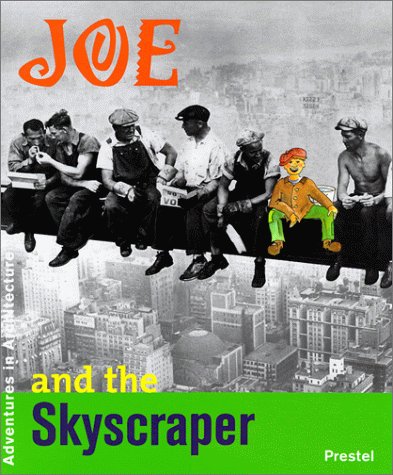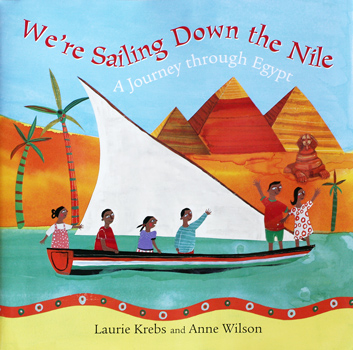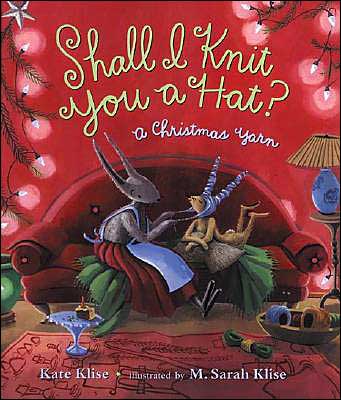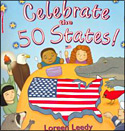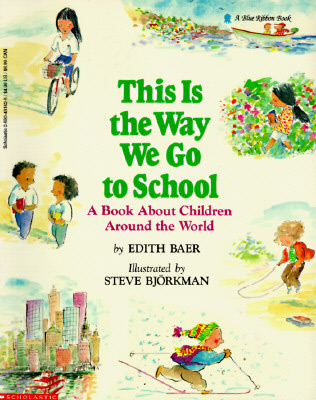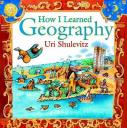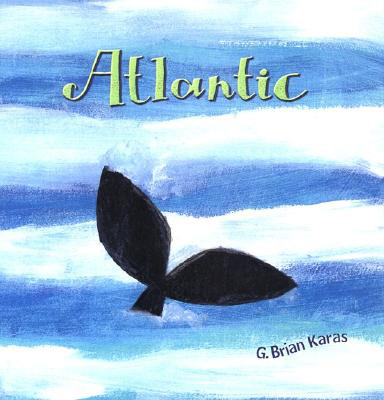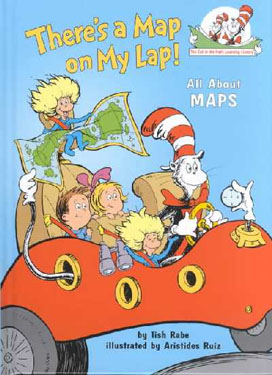As a child, it is very rare that one does not learn about the legend of Johnny Appleseed. Whether its through a poem, song, or cartoon, this famous figure holds the spirit of American culture. Jane Yolen’s book, Johnny Appleseed: The Legend and the Truth, captures both the important aspects of the stories of Johnny Appleseed and the man behind the legend. There are many books about Johnny Appleseed, however Yolen’s book is unlike any other. Through the combination of both her text and Jim Burke’s painted illustrations this book combines both the fact and fiction behind the life of Johnny Appleseed. On each page, Yolen presents two sides of Johnny Appleseed, a poem, and also the history of his life, told as a story. She also adds a fact at the bottom of the page to extend learning even farther, often including the source of the information. Burke’s accompanying paintings bring more understanding to both the poem and history. The book begins with the birth of John Chapman, who later gains the name Johnny Appleseed.
Apple blossoms
Tap the sill,
Welcome baby
With a will,
Johnny, Johnny Appleseed.
Johnny Appleseed becomes very close to his sister Lizzie as lives with his grandparents after his mother dies. His father, Nathaniel, is a minutemen under General George Washington. After much suffering throughout the war, Johnny and his family are very poor. Their luck changes however, as Nathaniel returns to war and marries a new woman. Together the two make one large family. Johnny soon becomes very interested in nature and studies all of its parts. As a boy in a poor family however, he cannot finish school and is hired to work under a local farm in apple orchards.
Apples are the perfect fruit. They can be eaten fresh or be dried, put in pies or made into sauce, apple butter, cider, or vinegar, or even fermented into an alcoholic drink. No other fruit is so useful.
In his twenties, he becomes a great follower of religion, and vows to spread his love of religion around the nation- and apples too! He plants apples throughout his travels through Pennsylvania, Ohio, and Indiana, making friends with the native people along the way. At his death in 1845, Johnny Appleseed owned eight hundred acres, full of apple trees!
Curriculum Connections
Johnny Appleseed is often a historical figure that is taught during early elementary school. His lovable character and interesting story easily makes students fascinated by his story. Johnny Appleseed, The Legend and the Truth is a great book to teach about past events through legends, stories, and historical accounts (VA K.1). Students can also learn about Johnny Appleseed’s contribution to America through this story. This book can easily be related to other lessons, especially with the emphasis on legends, apples, and early Americans.
Additional Resources
- Celebrate the birthday of Johnny Appleseed! Use this site for a day full of activities that commemorate Johnny Appleseed and his love for apples. Ideas include apple recipes, additional books on Johnny Appleseed, and crafts that use apples.
- Visit to an Apple Orchard describes the experience of visiting an apple orchard. Use this template to encourage your student to imagine the sight, sounds, smells, and touch of an apple orchard.
- Visit An Apple for the Teacher for lesson plans involving Johnny Appleseed and apples. Lessons cover subjects such as nutrition, language arts, history, math, and science!
Book: Johnny Appleseed: The Legend and the Truth
Author: Jane Yolen
Illustrator: Jim Burke
Publisher: Harper Collins
Publication Date: 2008
Pages: 32 pages
Grades: K-3
ISBN: 0060591358

